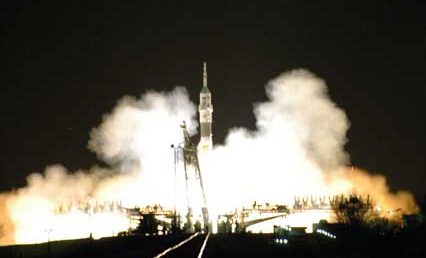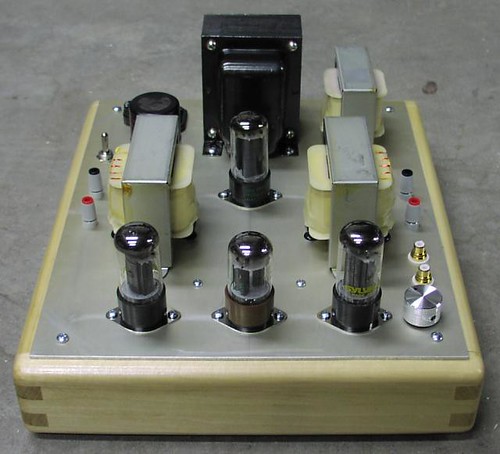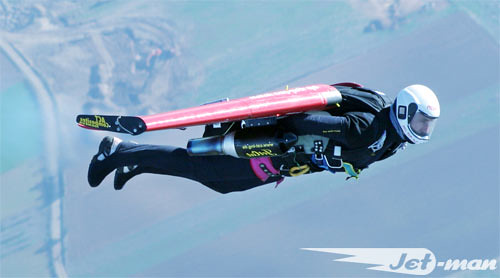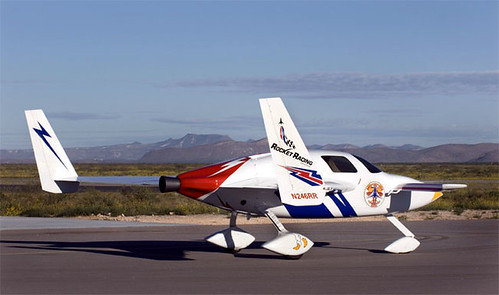Simonyi in Space via Soyuz Rocket: It’s A Good Thing
Saturday, April 7th, 2007

Microsoft billionaire Charles Simonyi was thrust into space today, with a meal prepared by Martha Stewart (quail roasted in wine, duck breast with capers and rice pudding, among other courses). They’ll be celebrating Cosmonauts Day on 12 April 2007. Check his blog later this week to see how much they all liked it.

At 21:31:14 Moscow Time a launch vehicle Soyuz-FG with Soyuz TMA-10 spacecraft was launched from the Baikonur launch site to the International Space Station.
The Increment 15 (ISS-15) crew and visiting crew 12 (VC-12) are on board the Russian transport manned vehicle. Soyuz TMA-10 is carrying a crew consisting of Russian cosmonauts Oleg Valeriavich Kotov (Gagarin CTC test cosmonaut) and Fyodor Nikolaevich Yurchikhin (S.P. Korolev RSC Energia test cosmonaut), as well as a spaceflight participant of the ISS visiting crew, USA citizen, Charles Simonyi. The objective of the launch is the scheduled replacement of two ISS-14 crewmembers and of the Soyuz TMA-9 spacecraft that has been serving within the space station as its crew rescue vehicle since September 20, 2006.
And it only cost him $25 million. By the way, he’s ham radio’s first space tourist, too (KE7KDP).








